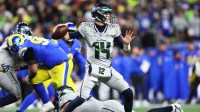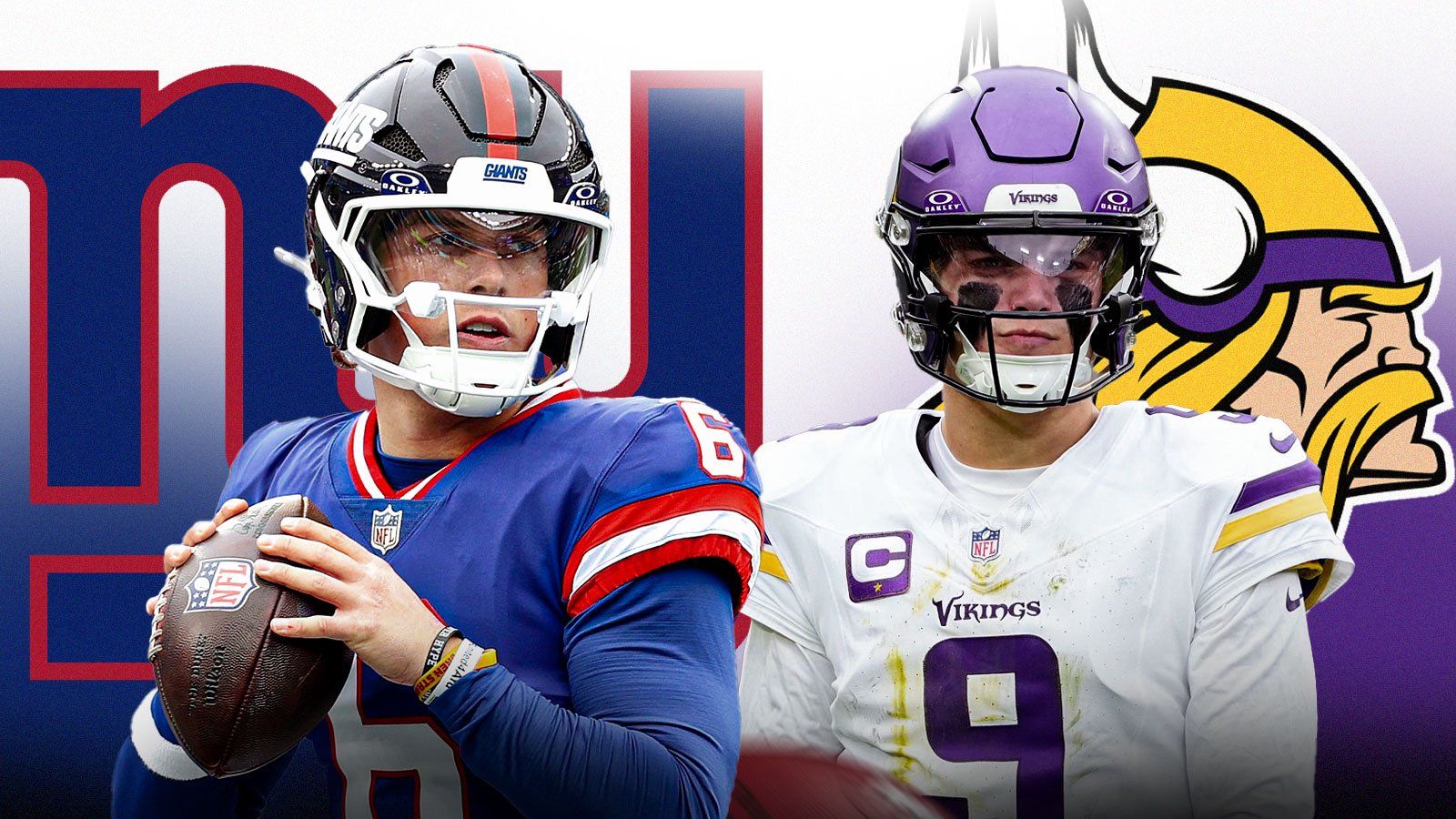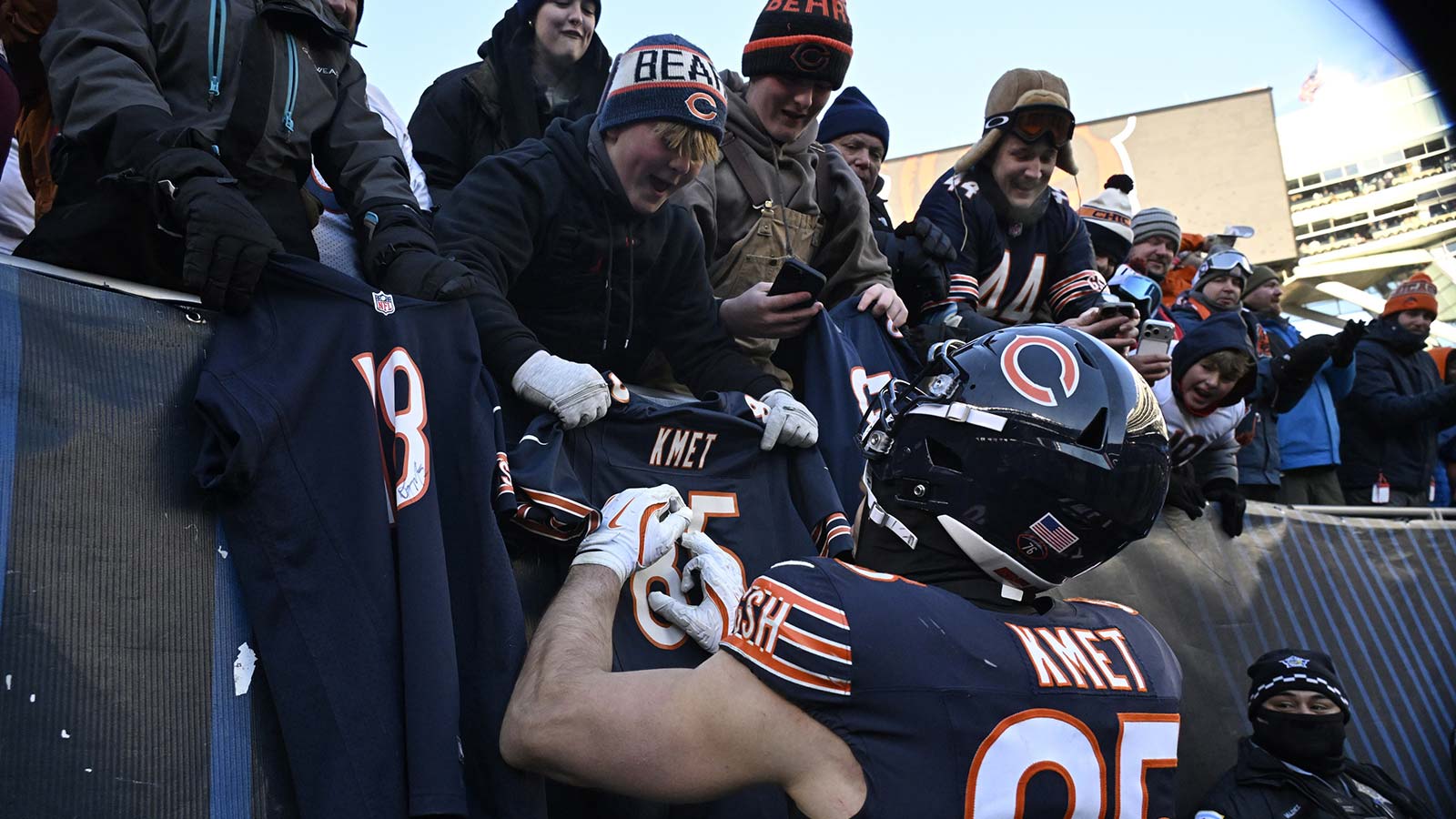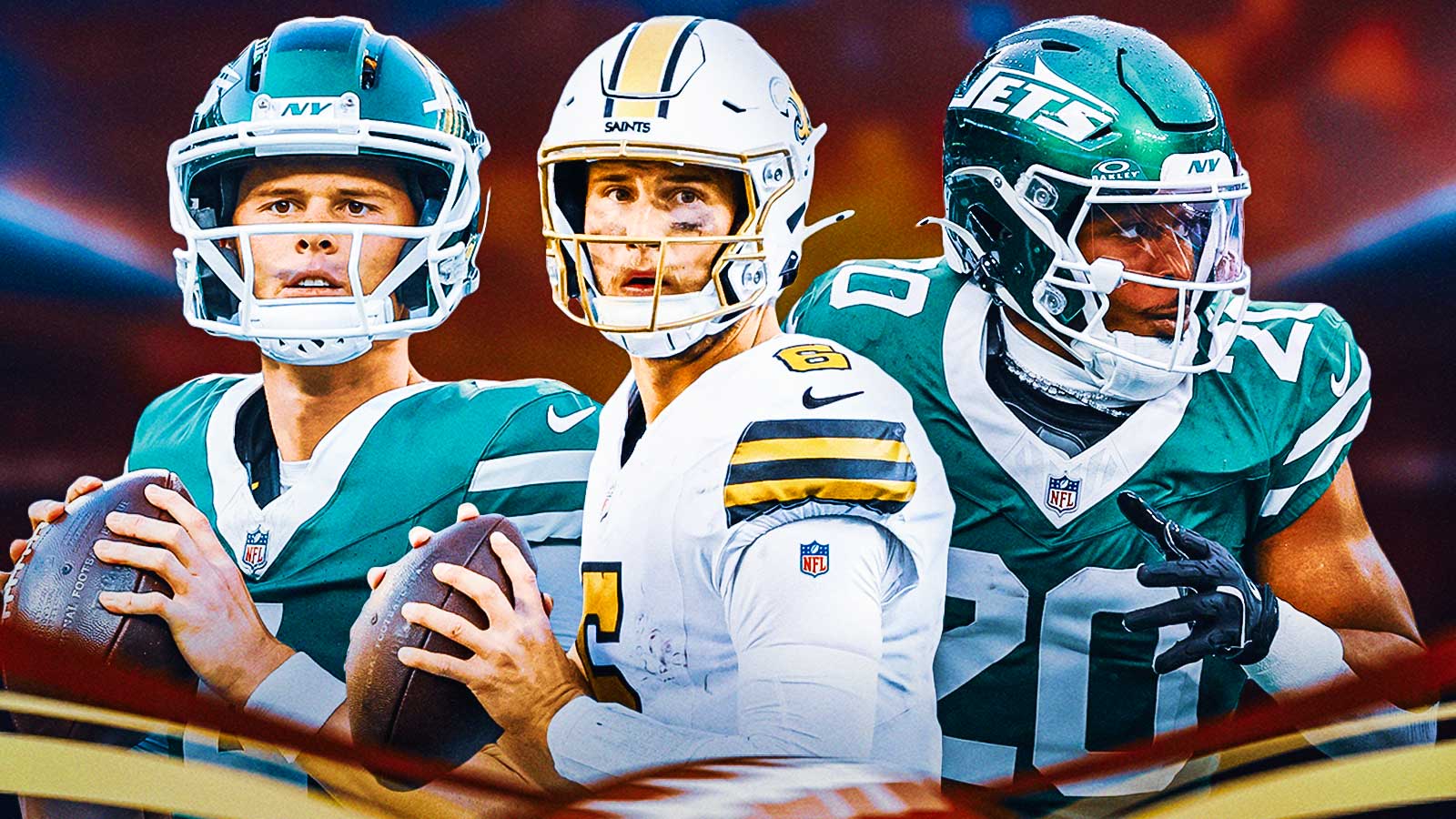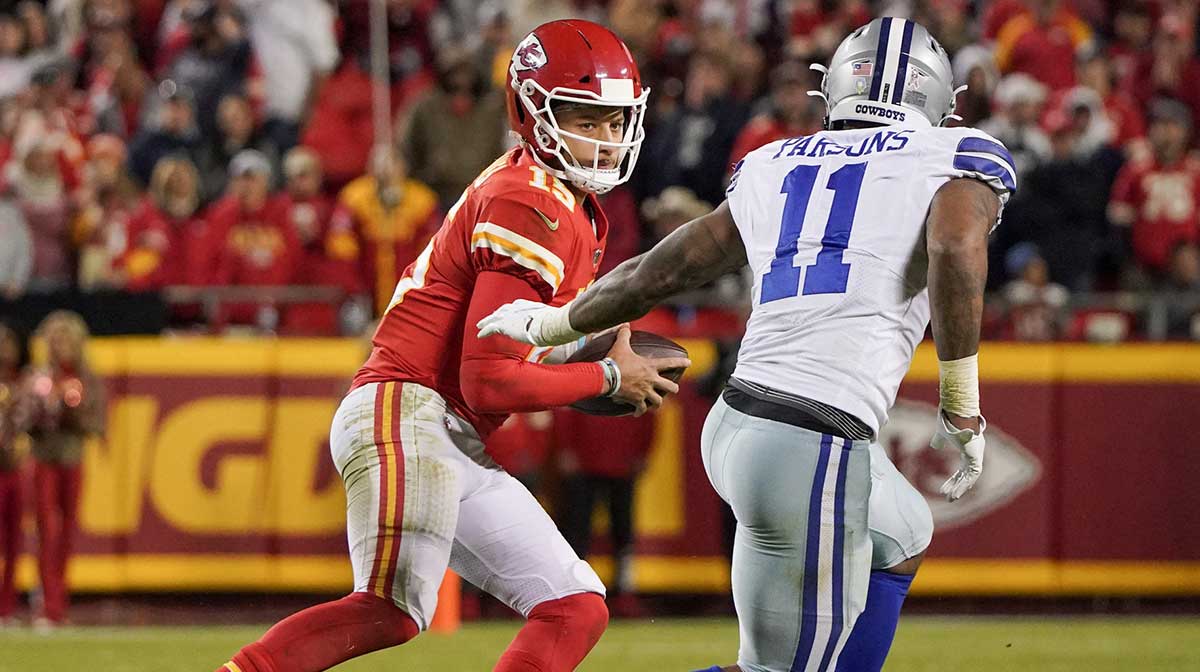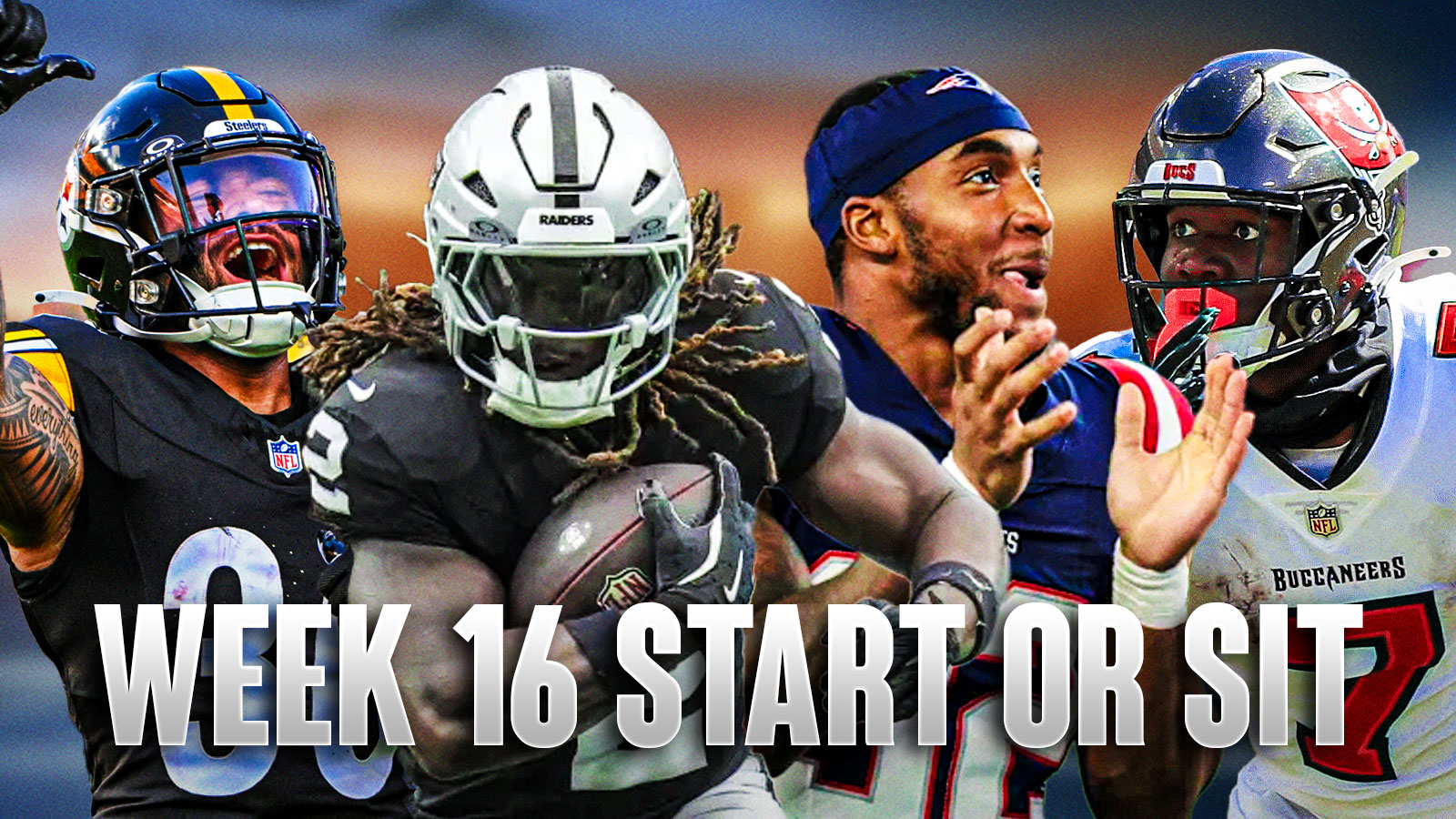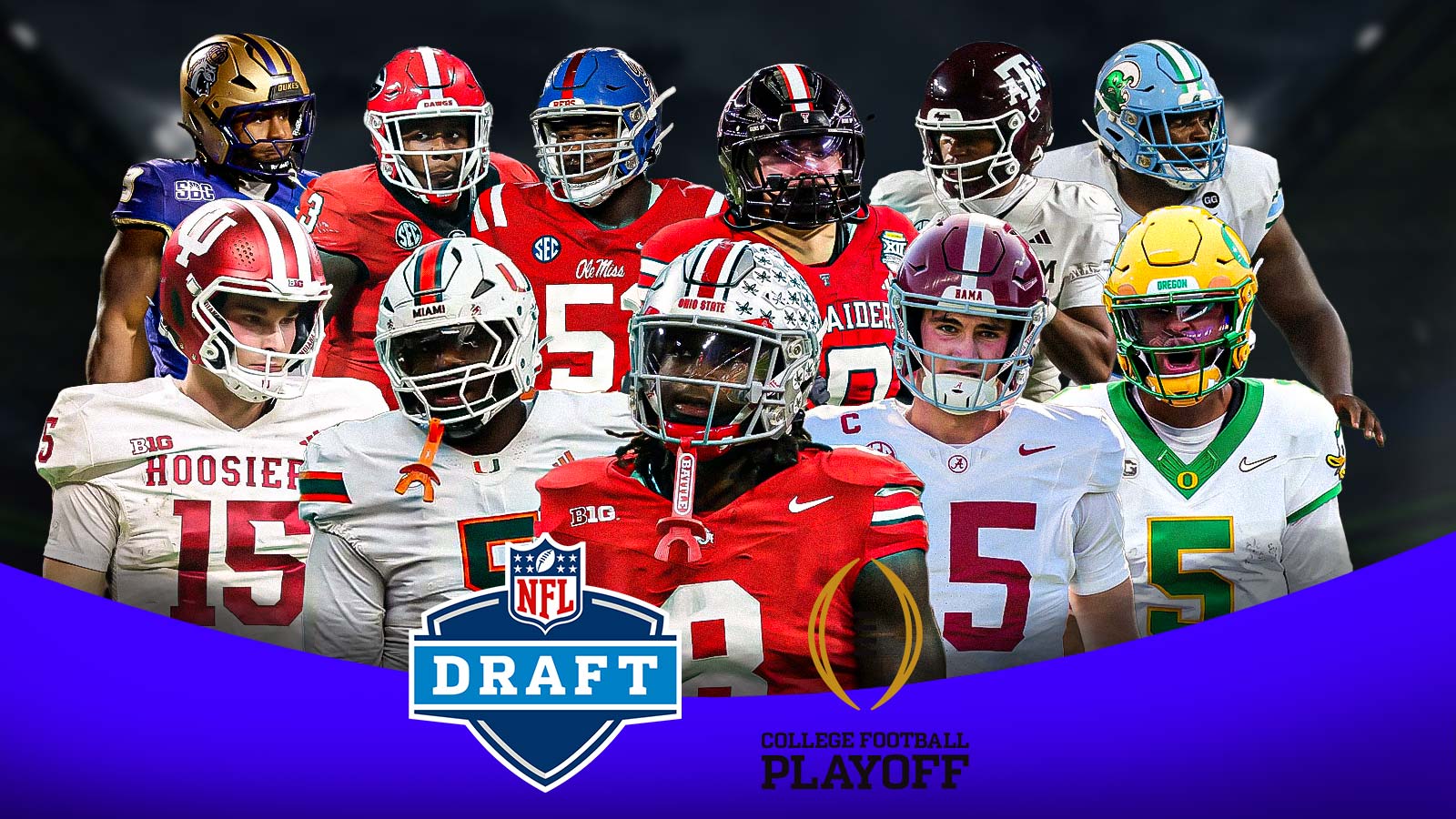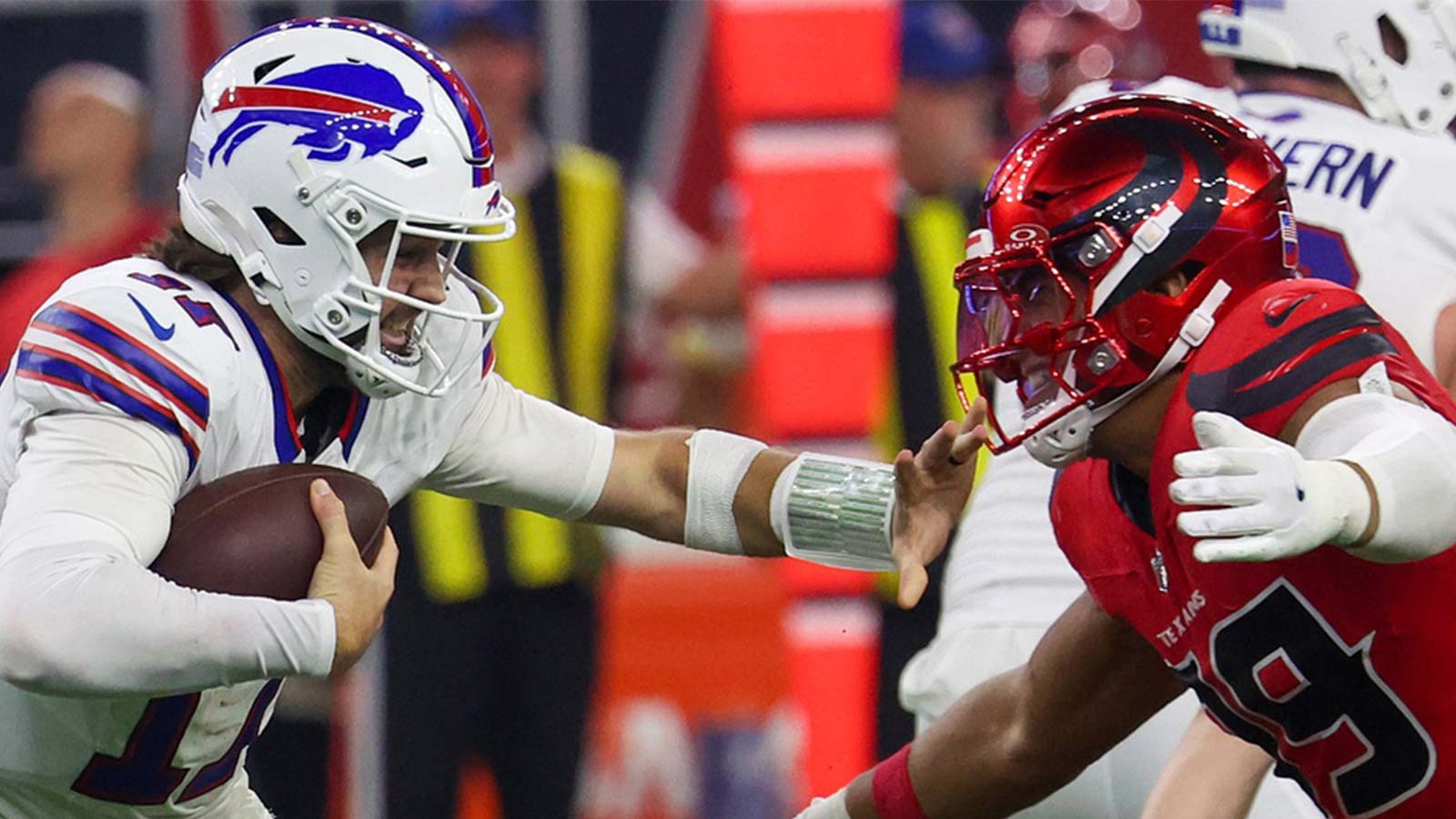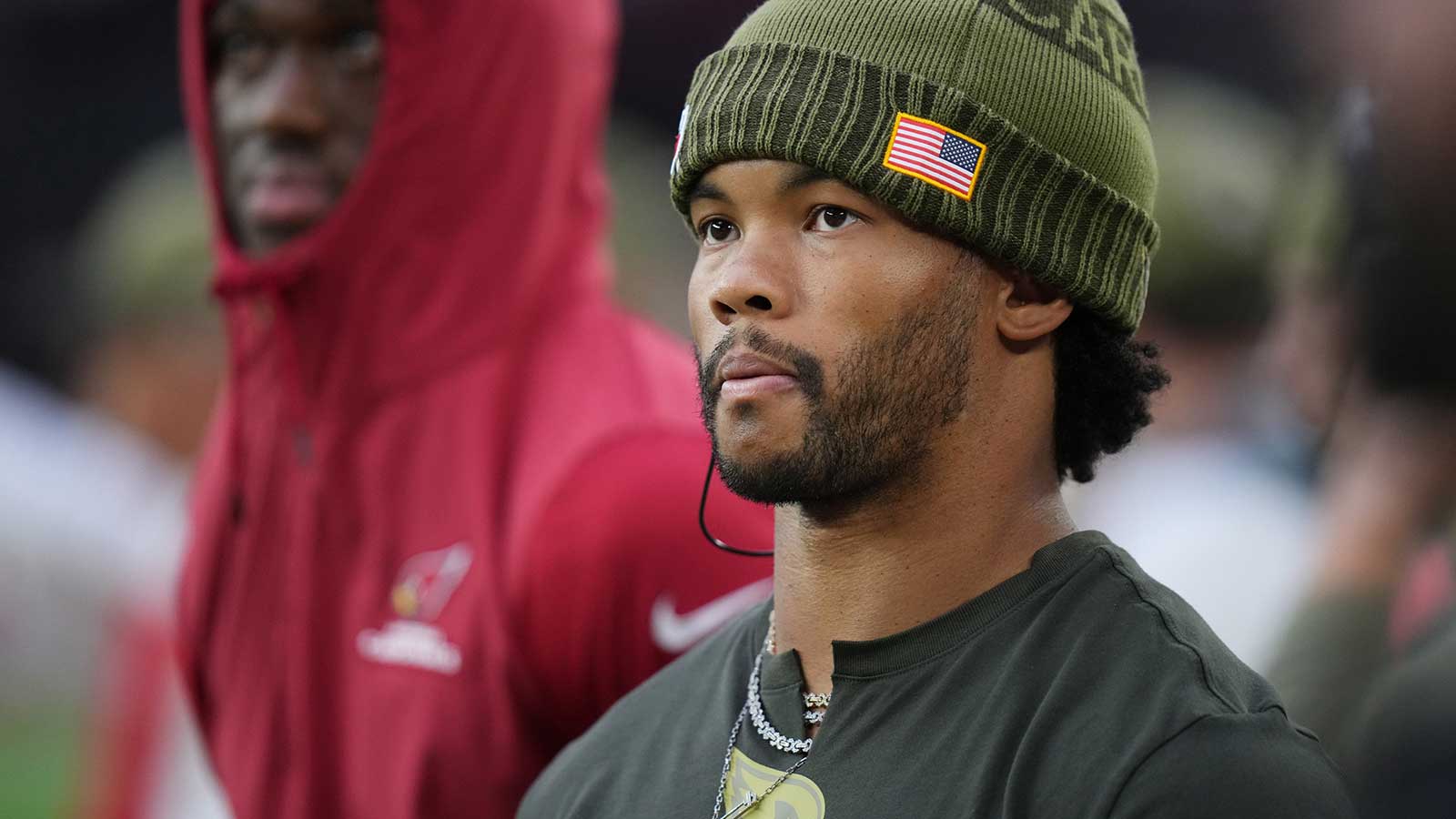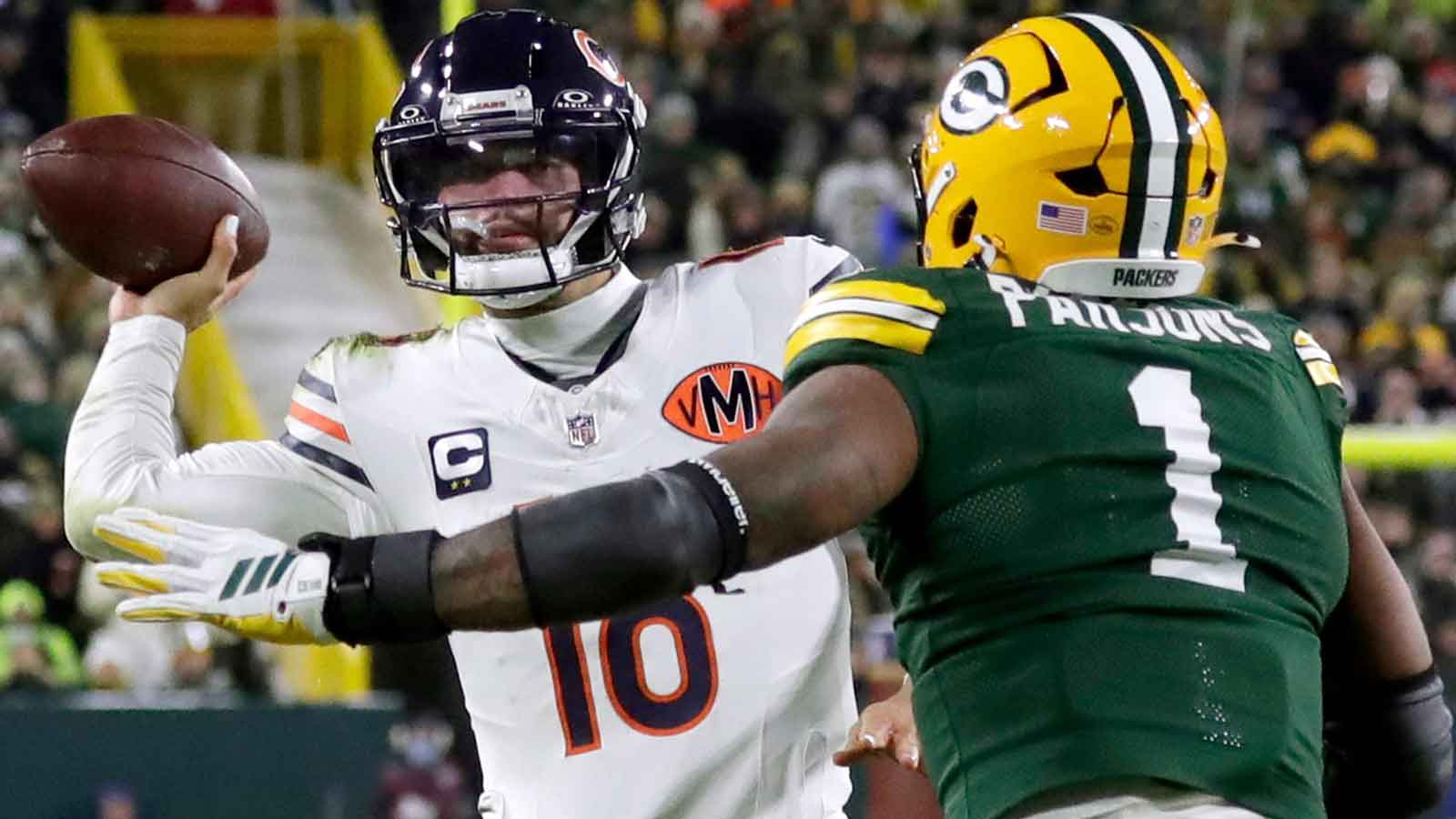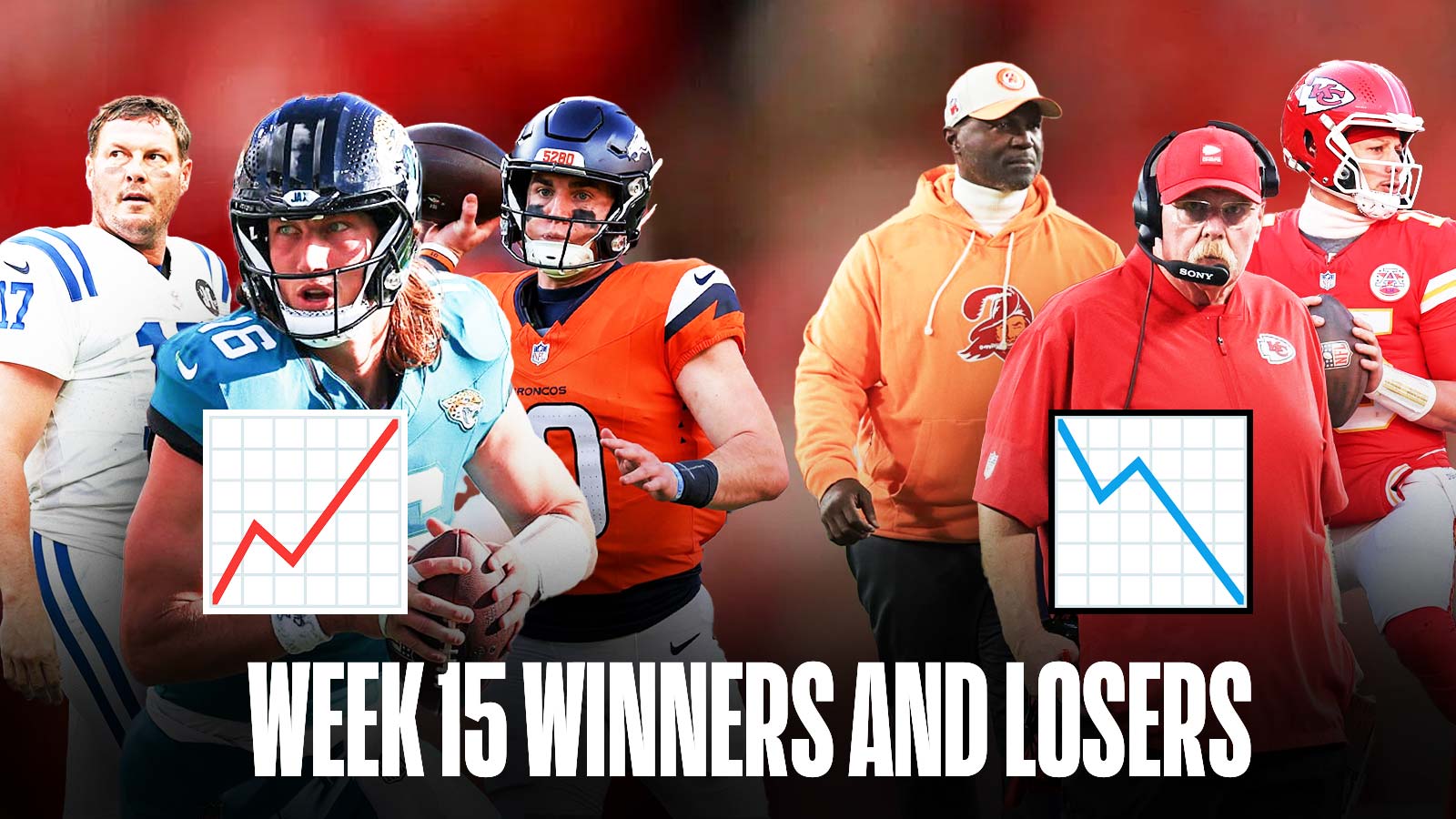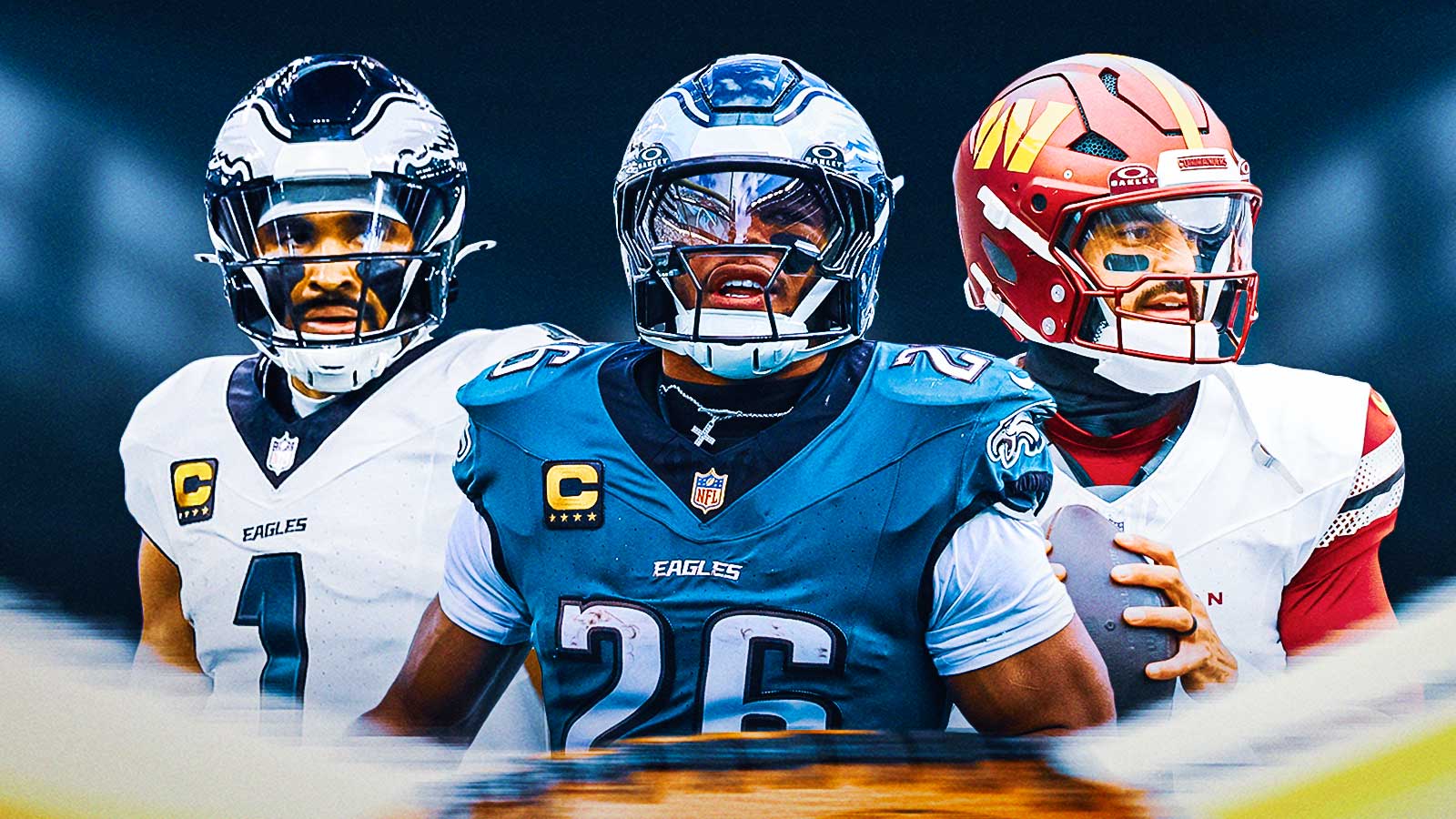We are entering into NFL Draft season, and with the 2023 NFL Draft coming up in late April, it’s never too early to start looking at position rankings. Besides quarterbacks, the running back position group is one to keep your eyes on.
This class is headlined by the top RB prospect in a few years, Bijan Robinson from the Texas Longhorns. Robinson has been head and shoulders above every other RB prospect in his class, but the depth of this class shouldn’t be overlooked either.
1. Bijan Robinson
Texas
Kicking off our Running Back Power Rankings is Robinson, who has an elite bag of characteristics that will likely make him a first-round pick in late April. One of the most pro-ready prospects entering this draft, Robinson will be a spark plug for whichever team drafts him.
While he was a member of the Longhorns, Robinson saw plenty of playing time, even in his freshman year. Having put up three years of 800+ total yards and 6+ TDs screams generational talent, and that type of two-way success (3,410 rushing yards, 805 receiving yards) translates incredibly well to the next level.
No real concerns exist in Robinson’s game (which is very rare nowadays), and plenty of people in the know about his game speak to why he should be a rare exception to never drafting a first-round RB.
2. Jahmyr Gibbs
Alabama
As a 5-11, 200-lb dual-threat dynamo, Jahmyr Gibbs shares a few characteristics with the type of prospect that Alvin Kamara was when he entered the NFL Draft. Having transferred from Georgia Tech to Alabama, Gibbs exploded onto the national scene in his junior year, even if his receiving usage was not as high as expected.
Gibbs is a solid runner of the ball who will be an exceptional addition to any team’s RB stable – his speed is what will make him a great offensive weapon, with the ability to add weight and become more of a runner. While he is comfortably behind Robinson in this class, Gibbs is still a solid RB2 in this class.
3. Zach Charbonnet
UCLA
Having originally joined the Michigan Wolverines out of high school, Zach Charbonnet broke out in a big way after he transferred to UCLA. In his final two collegiate seasons, Charbonnet combined 2,511 yards and 27 TDs with 60 receptions for 501 yards for the Bruins.
Charbonnet is going to be one of the headlining options in the second tier of this class of running backs, and he has the skillset (north and south runner, great vision and feel) and history to back it up. While he certainly is known mainly for his rushing abilities, Charbonnet grew as a receiver as well, something that will only boost his stock come April.
4. Devon Achane
Texas A&M
Both Devon Achane and Charbonnet are fighting for that 2A & 2B roles in this class, but what separates Achane is his speed. Having been clocked at a 4.24 40-yard dash, Achane is a speedster through and through.
A lot of Achane’s time at Texas A&M saw the offense doing what they could to get him on the perimeter, which may ultimately hurt his draft stock because of his lack of work in between the tackles. But make no mistake – Achane’s speed is what led to his 1,100 yards (5.6 YPC) on the ground in his senior season, so he certainly is talented enough.
5. DeWayne McBride
University of Alabama-Birmingham
Looking to become the 15th player EVER (shoutout to Roddy White) from UAB to be drafted, DeWayne McBride is looking to parlay his collegiate success into a sustained NFL role.
While his impact made on the ground and not so much as a receiver (5 career receptions), McBride brings a patient, tough running approach whenever he touches the ball. While coming from a smaller school likely will ding him in the NFL Draft, he is skilled enough to be able to overcome any sort of pre-draft slights.
6. Tank Bigsby
Auburn
Having entered Auburn as a five-star recruit, Tank Bigsby had a ton of success in the SEC but still is not in the top-five best RB prospects in this year’s NFL Draft class. Explosive, pointed cuts are sprinkled all over his tape, and his vision is pretty impressive, especially for an RB that was forced to create a lot on the fly with a porous offensive line unit.
A nice part of Bigsby’s game is his receiving acumen, something that was on full display across all three years of collegiate football (61 receptions). While a bit tight in his running style and tendencies to run too upright at times, Bigsby can be a solid complementary piece to begin his NFL career.
7. Sean Tucker
Syracuse
Breakaway speed is the name of the game for Syracuse’s Sean Tucker, who enters the NFL Draft looking to be one of the higher-ranked draftees of the Orange in recent memory. Having one of the bigger bodies of work in the receiving game of all running backs this year, Tucker is a sight to see when he has the ball in space.
With a huge workload in college, Tucker does enter the league with a bunch of miles on the speedometer, which can be looked at as both a knock and a positive. His pass blocking also needs to improve, as does some of his decision-making, but Tucker is one of the more explosive RB options in this year's NFL Draft that can take the top off the defense in a pinch.
8. Roschon Johnson
Texas
Roschon Johnson was overshadowed in the Longhorn backfield by the top option on this list, but would have been a starter at a ton of other schools – he is that talented. While he never topped more than 569 rushing yards in any of his three collegiate seasons, Johnson has solid intangibles that can turn him into a three-down back in the right circumstances.
Having had his Senior Bowl cut short due to a broken bone in his hand, Johnson was slated to fly up draft boards after his performance there. But with his early exit, that may be something that keeps him more of a secret when April’s NFL Draft rolls around.
9. Zach Evans
Ole Miss
Having transferred out of TCU to Ole Miss for his final season, Zach Evans made a name for himself with the Horned Frogs and their zone scheme. With his play style a hybrid that includes physicality and acceleration characteristics, Evans is a big-time wild card this year.
His lack of work catching passes will poorly reflect on his NFL Draft stock, as the modern-day RB needs to be able to run and catch the ball. With the TCU scheme relying on zone principles for its rushing attack, Evans should be able to catch on quickly to most NFL playbooks, seeing as how many teams either roll out zone schemes or utilizes zone principles in their running gameplans.
10. Kendre Miller
TCU
Miller benefited from the transfer of Evans from TCU, putting up 1,399 rushing yards and 17 TDs. While he won’t outrun many players, Evans has good control through contact, utilizing a fluid pad level to find holes and attack.
Once he gets in motion, Miller becomes very hard to take down, almost turning into a pinball. He struggles on plays outside of the tackles, tying back into his lack of speed to accelerate away from defenders.
Other Options
Tyjae Spears (Tulane), Israel Abanikanda (Pitt), Keaton Mitchell (ECU), Kenny McIntosh (Georgia)
The depth at running back in the 2023 NFL Draft is phenomenal, as teams will be able to add real talent on Days 2 and 3. Each of these players brings different characteristics to the table, and likely will be Day 2 or early Day 3 draft picks.
Tyjae Spears and Israel Abanikanda are the biggest names out of this group, but all couldn’t be more different.
Spears has a skillset that will adapt to pretty much any NFL scheme, having experience in both zone and gap concepts. While a bit slim (5’10, 190 lbs), Spears makes up for that with his explosiveness and big-play abilities, and profiles as a complimentary piece and not a full-fledged RB1.
Abanikanda put his name on the map by leading the ACC in rushing yards (1,431) and tied for first in the nation with his 20 rushing TDs. While the former Pitt RB could improve his vision and how he attacks various defensive fronts, Abanikanda is very young (20) and has a unique blend of size and speed that could turn him into the Dameon Pierce of the 2023 NFL Draft.


